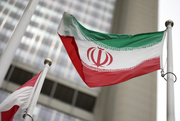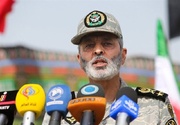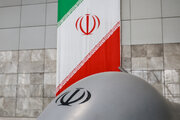It was the last known missile fired by the United States in its 20-year war in Afghanistan, and the military called it a “righteous strike” — a drone attack after hours of surveillance on Aug. 29 against a vehicle that American officials thought contained an ISIL bomb and posed an imminent threat to troops at Kabul’s airport, New York Times reported.
But a New York Times investigation of video evidence, along with interviews with more than a dozen of the driver’s co-workers and family members in Kabul, raises doubts about the US version of events, including whether explosives were present in the vehicle, whether the driver had a connection to ISIL, and whether there was a second explosion after the missile struck the car.

Military officials said they did not know the identity of the car’s driver when the drone fired, but deemed him suspicious because of how they interpreted his activities that day, saying that he possibly visited an ISIL safe house and, at one point, loaded what they thought could be explosives into the car.
Times reporting has identified the driver as Zemari Ahmadi, a longtime worker for a US aid group. The evidence suggests that his travels that day actually involved transporting colleagues to and from work. And an analysis of video feeds showed that what the military may have seen was Mr. Ahmadi and a colleague loading canisters of water into his trunk to bring home to his family.
While the US military said the drone strike might have killed three civilians, Times reporting shows that it killed 10, including seven children, in a dense residential block.
HJ/PR
























Your Comment